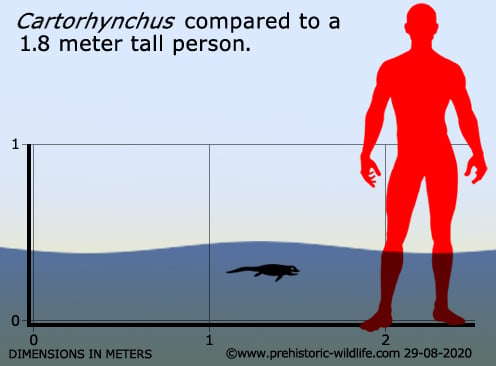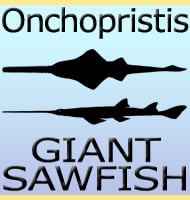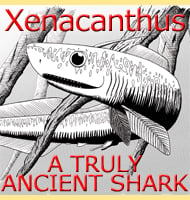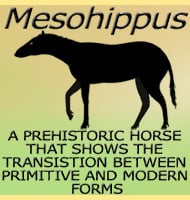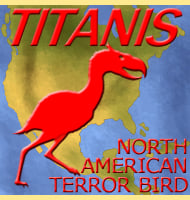In Depth
Cartorhynchus might well be one of the more ground breaking discoveries regarding ichthyosaur research. For over one hundred and fifty years the origins of the ichthyosaurs have been murky to say the least. We know that the ichthyosaurs began appearing in large numbers in the Triassic, so their origin is at least that old. In 2011 a new kind of aquatic reptile was discovered and later in 2014 a description of this animal was put forward. Named Cartorhynchus, this reptile may be an actual ancestor of the ichthyosaurs, or at least a representative of the reptiles that would eventually give rise to the ichthyosaurs.
Cartorhynchus was only about fifty centimetres long, but the tail had already become flattened to provide greater push as Cartorhynchus swam through the water. The limbs had already formed rudimentary paddle structures and the rear limbs were reduced in size. The eyes were large to enable better light gathering ability when in the water. The bones were also thickened to provide greater buoyancy when swimming in the water, and reduce the effort necessary to swim beneath the surface.
Cartorhynchus lived during the earliest stage of the Triassic, which is where you might expect an ancestor for a group of Triassic reptiles to be. However Cartorhynchus is just one genus, at the time of writing is only known from one specimen, and future discoveries may see the ancestry of the ichthyosaurs go back to the Permian. Though with that said the Permian/Triassic boundary does mark the biggest extinction event in the known history of planet (bigger even than the KT extinction that ended the dinosaurs), so it may be this extinction that kick started the development of the ichthyosaurs.
If Cartorhynchus is an example of an early ichthyosaur then that makes it all the more remarkable that by the late Triassic giant ichthyosaurs such as Shonisaurus and Shastasaurus were swimming in the oceans.
Further Reading
- A basal ichthyosauriform with a short snout from the Lower Triassic of China. - Nature - Ryosuke Motani, Da-Yong Jiang, Guan-Bao Chen, Andrea Tintori, Olivier Rieppel, Cheng Ji & Jian-Dong Huang - 2015.
